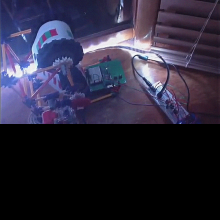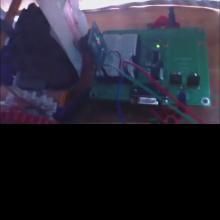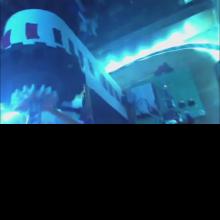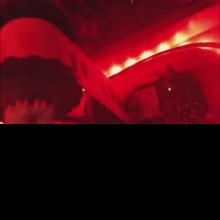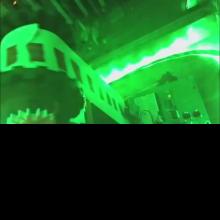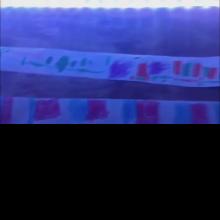I work as a software developer, and have always been more comfortable at the code level, a bit lost once I got below the digital logic level. While I played with a Heathkit growing up, I never seemed to get past Ohm’s Law. So as a way to learn more about electronics, I picked up the Basic Stamp Activity Kit a few years back. I was very impressed and learned a lot about circuits and how they apply to microcontrollers. Building on that knowledge, I picked up some RGB LED strips and was able to drive them from a Netduino using some MOSFETs on a breadboard.
When I thought about using the LED strips to decorate for Christmas, though, I wanted to find a better way to set up a light show, and also to involve my kids in the process, rather than just having Daddy typing code into the computer. The Parallax ColorPal was just the thing – now I could match the RGB lights to any color the sensor saw. To automate the process, I built a motorized roller out of K’nex that would loop a strip of receipt paper past the sensor, and let my kids design their own light shows using markers. Tape the paper into a loop over the rollers and turn on the motor, and we had a fully automated light show, as well as a conversation piece.
The ColorPal was extremely easy to use from my BS2, but the Netduino handled the PWM requirements better, so I set up a simple serial interface between them, which was a great learning experience and worked perfectly. The only other tweaking I did was to “saturate” the colors detected by the ColorPal so that a patch of red marker would produce full-on red from the lights, for instance, even if it was reported as 80% red.
I love using Parallax products for my own tinkering, and for the opportunities they create to get my kids involved in electronics as well.

